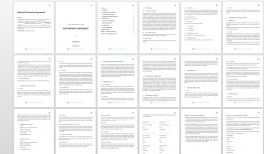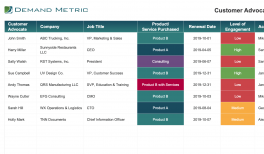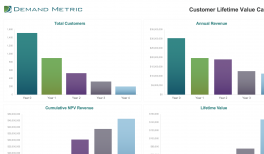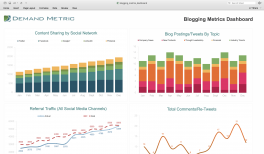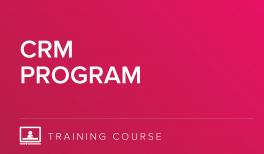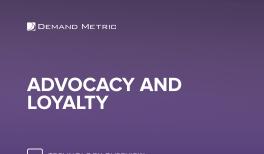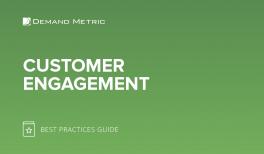Demand Metric and RewardStream conducted a study to learn about the current state of referral marketing.
The State of Referral Marketing
Resource Overview
Related Resources
Introduction
When a customer refers a friend, peer or acquaintance to a vendor, it’s an indication of trust and satisfaction. A customer who refers is essentially putting their reputation at stake, so rarely are referrals made lightly. From the vendor perspective, referrals are the most coveted type of lead, because they come assuming that a vendor is trustworthy and competent. Referred customers are a faster path to revenue, and a previous study completed by Demand Metric showed that referral marketing has one of the lowest costs per acquisition.
Surprisingly, many vendor firms allow referrals to occur organically, hoping that they generate enough satisfied customers who will then take the initiative to refer others to the vendors with whom they are pleased. This type of organic referral does occur, but rarely with the frequency to have a noticeable revenue impact. There is benefit for marketers to be more intentional about referral marketing, to blaze a trail that makes referrals more likely and easier to make.
Demand Metric and RewardStream conducted a study to learn about the current state of referral marketing. This follows up on a study completed in the fall of 2014, so this report can now share trend data about the interest in, evolution of and success with referral marketing. This report shares the findings and recommends some best practices based on the data.
Table of Contents
- Introduction
- Executive Summary
- The State of Referral Marketing
- Referral Marketing Benefits
- Methods of Acquiring New Customers
- Rewarding Existing Customers
- Referral Program Performance
- Referral Marketing Challenges
- Barriers to Program Implementation
- Analyst Bottom Line
- Acknowledgements
- Appendix - Survey Background
Research Methodology
This Demand Metric Referral Marketing Benchmark Study survey was administered online during the period of January 19, 2016 through March 24, 2016. During this period, 214 responses were collected, 192 of which were complete enough for inclusion in the analysis. The representativeness of these results depends on the similarity of the sample to environments in which this survey data is used for comparison or guidance.

